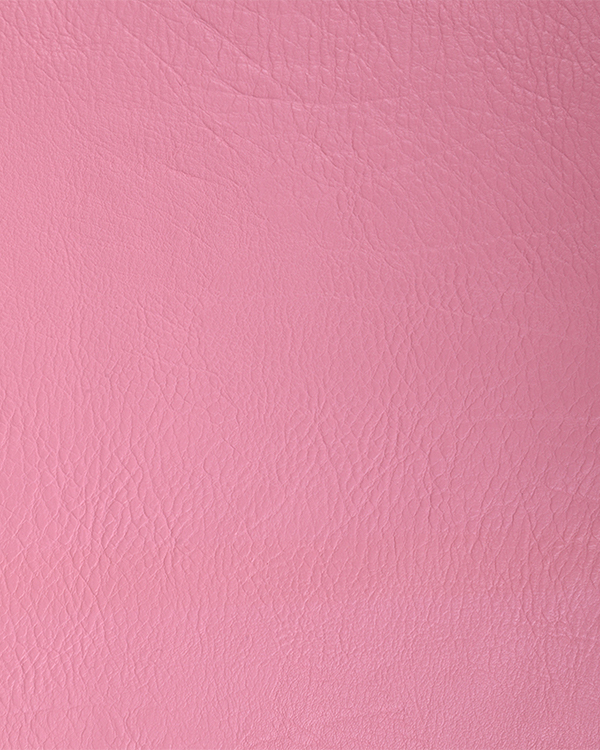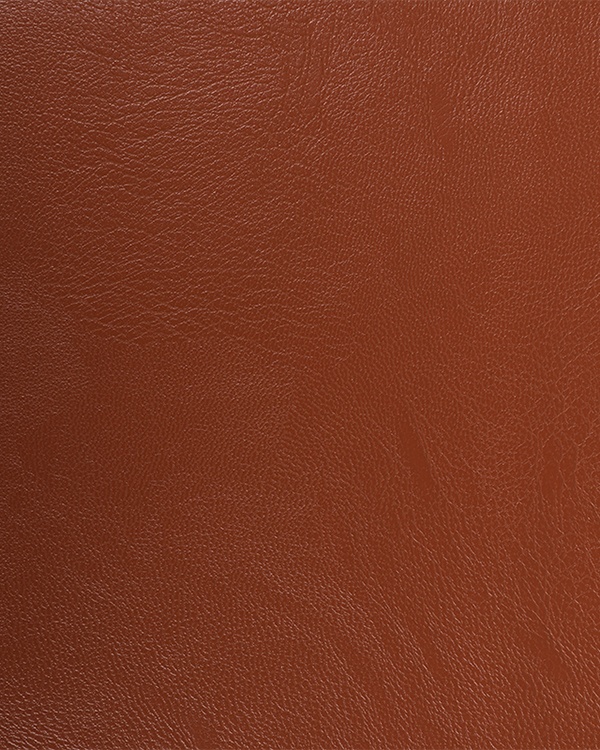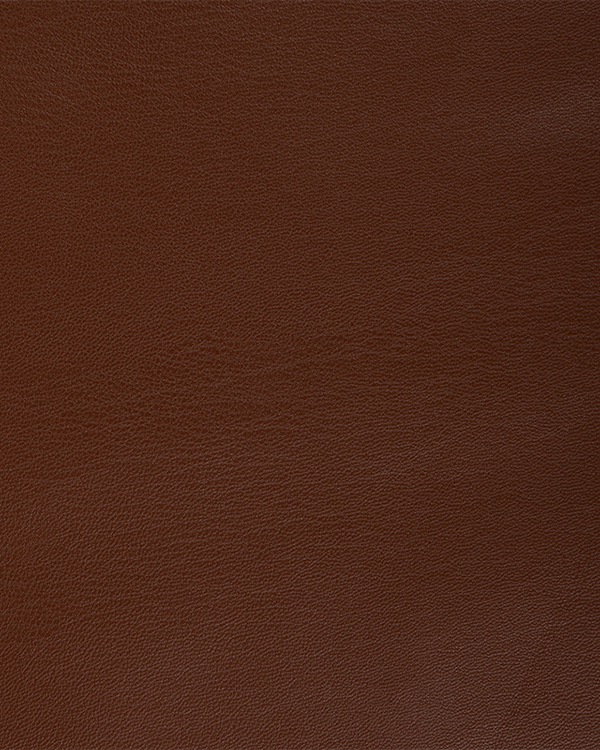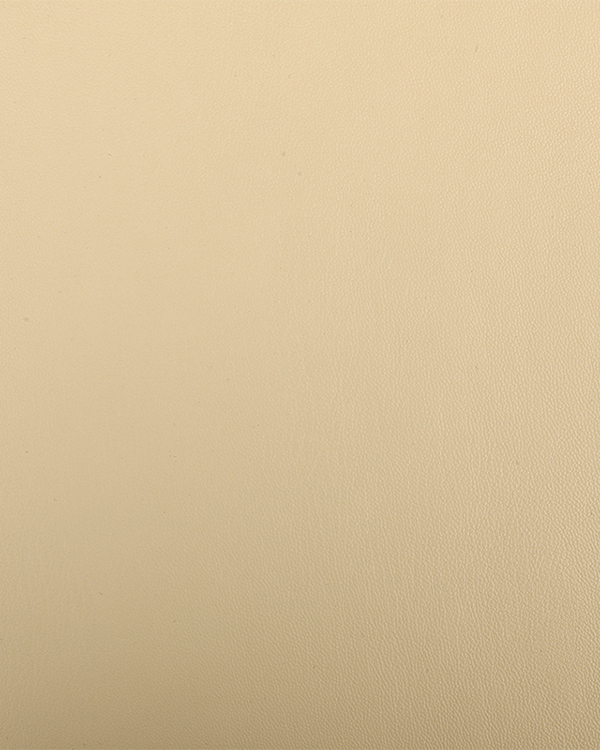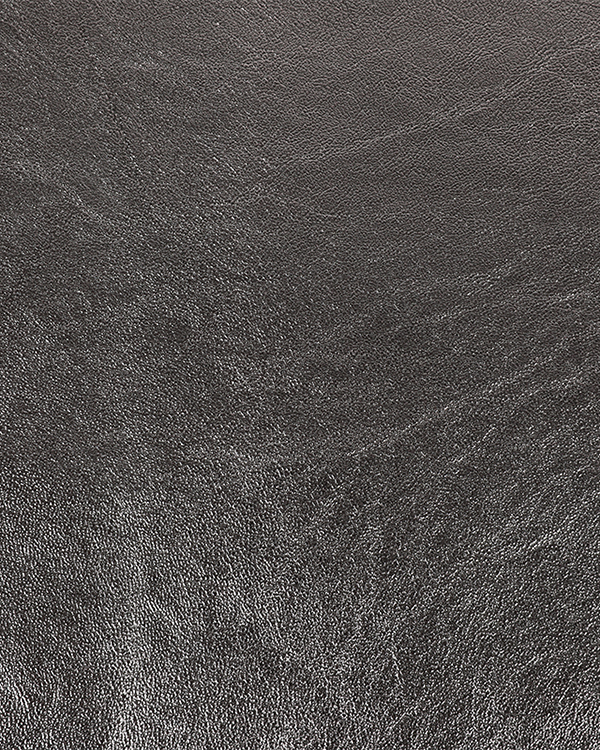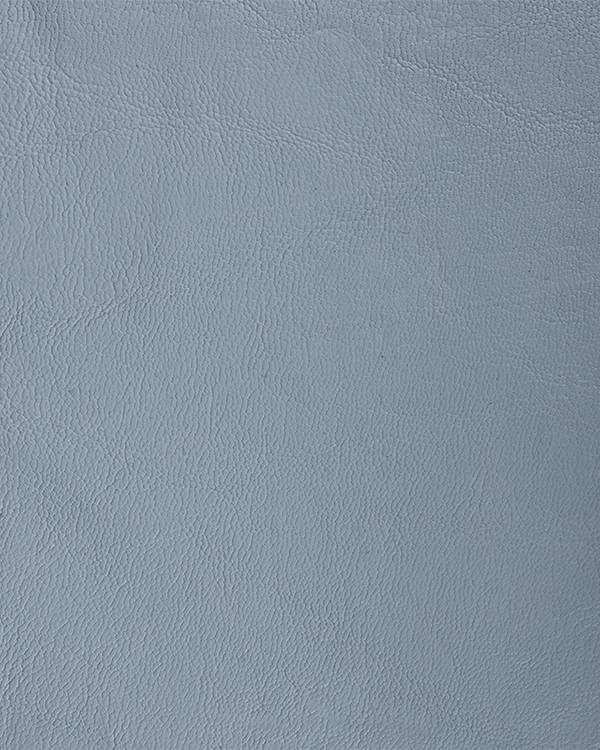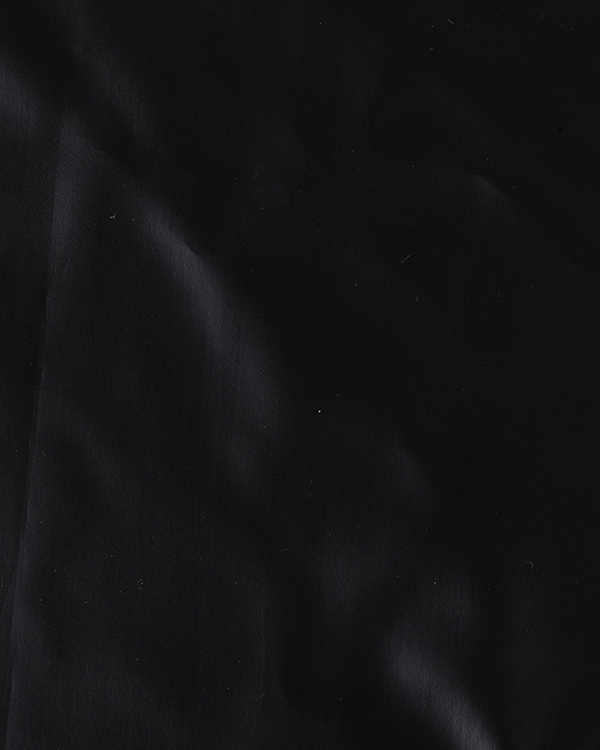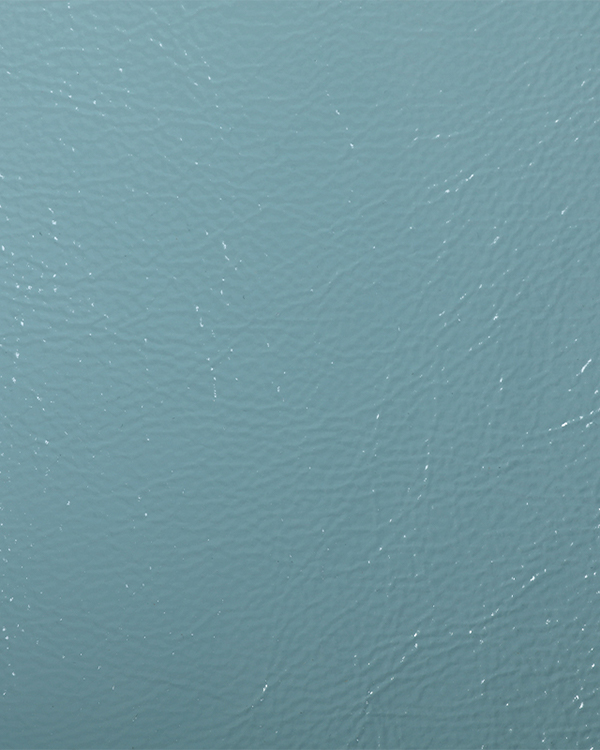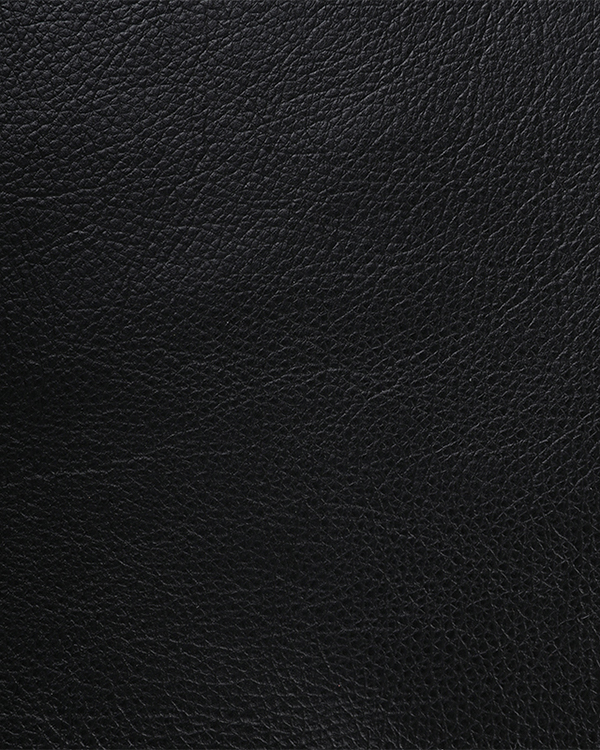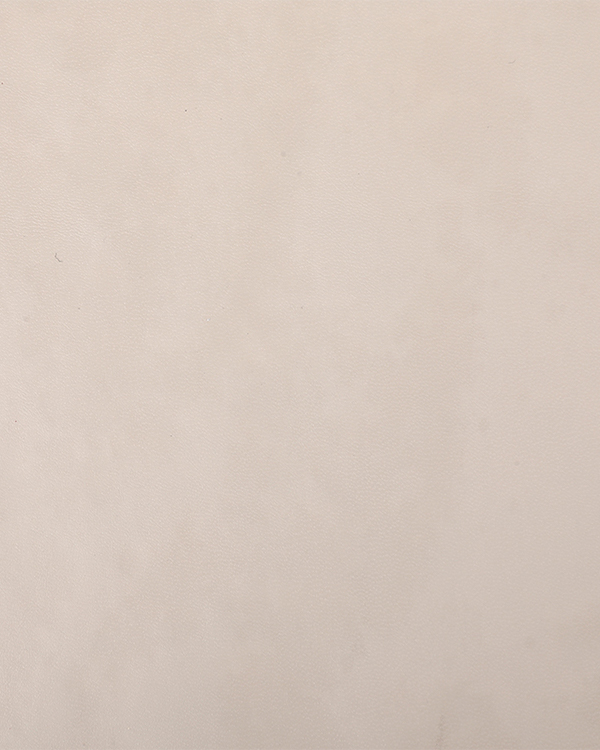What is the difference between water-based and solvent-free synthetic leather? Water-based leather is more environmentally friendly and more breathable
Water-based polyurethane synthetic leather
1. The product is non-toxic and harmless
Compared with solvent-based polyurethane synthetic leather, water-based polyurethane not only retains the excellent physical properties, softness and elasticity of solvent-based synthetic leather, but also has the unique properties of green environmental protection, non-toxic and harmless. Therefore, in the synthetic leather industry, the synthesis and application of waterborne polyurethane have received extensive attention and support. Compared with solvent-free synthetic leather, water-based polyurethane has good air permeability and water vapor permeability, the production process is pollution-free, the production raw materials are non-toxic and harmless, and there is no potential safety hazard in the production process.
2. The product is naturally hydrophilic and breathable
Waterborne polyurethane uses deionized water as a solvent and has natural breathability and hydrophilicity. Products are widely used in footwear, clothing, home improvement, automotive interiors, sporting goods and other fields.
3. The production line of water-based synthetic leather is patented equipment, which requires less personnel in the production process, mechanized processing, and more stable finished products.
4. The raw materials are non-toxic and harmless, no harm to production personnel, ultra-low VOC, zero DMF, zero formaldehyde, zero toluene, etc.
Water-based polyurethane leather is a synthetic leather made of water-based polyurethane polymer materials, without toxic organic solvents. It is the latest replacement product of traditional solvent-based synthetic leather and a product that conforms to the sustainable development of the world. The production process is pollution-free, and there is no toxic and harmful waste gas and waste water discharge. It does not contain harmful chemicals such as DMFa, DMFu, phthalates, PAHs, APEO, azo, BPA, formaldehyde, heavy metals, etc. It is healthy and environmentally friendly, and is truly harmless to the body. It can meet the latest environmental protection standards of the EU/UK and the United States, and meet the highest environmental protection requirements for synthetic leather at home and abroad.
Solvent-free synthetic leather
1. The production process is complex, and there are highly toxic substances in the raw materials, which have extremely high requirements for storage and operation. Isocyanates are contained in the production, and the VOC is not up to standard, which is harmful to the health of production personnel.
Traditional organic reactions are often carried out in organic solvents, because organic solvents can dissolve organic reactants well, so that reactant molecules are evenly dispersed in the solution, and energy exchange can be performed stably. Difficulty in recycling again makes it a detrimental factor for the environment. Many of the pollution of the earth's ecological environment is related to the production and use of chemical substances synthesized by organic solvents used by humans. The use of solvent-free PU resin to produce synthetic leather does not use organic solvents, but in essence, in the process of producing solvent-free synthetic leather, components A and B need to be used, and a large amount of toxic substances are volatilized during the production process, and free residues may remain in the product. isocyanate. (On October 27, 2017, the list of carcinogens published by the World Health Organization's International Agency for Research on Cancer was preliminarily arranged for reference, and isocyanates were included in the list of class 2B carcinogens). Therefore, compared with solvent-based synthetic leather, although solvent-free synthetic leather is more environmentally friendly, it still contains toxic and carcinogenic substances in the production process. And the TVOC of solvent-free synthetic leather cannot meet the application standards of synthetic leather in Europe and the United States and other countries. (TVOC is the English acronym for "Total Volatile Organic Compounds", which means total volatile organic compounds.) Indoor air quality researchers usually refer to all indoor organic gaseous substances they sample and analyze as TVOCs, which are three of the Volatile Organic Compounds. Abbreviation of the first letter of the word, various measured VOCs are collectively referred to as TVOC (Total Volatile Organic Compounds). TVOC is the most serious of the three types of pollution affecting indoor air quality. TVOC refers to an organic substance with a saturated vapor pressure of more than 133.32pa at room temperature, its boiling point is between 50°C and 250°C, and exists in the air in the form of vaporization at room temperature. Its toxicity, irritation, carcinogenicity and special odor It can affect the skin and mucous membranes and cause acute damage to the human body. Organizations such as the World Health Organization (WHO) and the National Academy of Sciences/National Research Council (NAS/NRC) have always emphasized that TVOCs are an important class of air pollutants. The United States Environmental Protection Agency (EPA) defines a VOC as: any carbon-containing compound that participates in photochemical reactions in the atmosphere, with the exception of carbon monoxide, carbon dioxide, carbonic acid, metal carbides, carbonates, and ammonium carbonate. )
To sum up, what are the main differences between water-based and solvent-free?
"Water-based" polyurethane synthetic leather is more environmentally friendly from raw materials to finished products, with natural breathability and hydrophilicity, and is suitable for shoemaking, clothing, home improvement, automotive interiors, sporting goods and other fields. And "solvent-free" products are more suitable for polyurethane sole materials, rather than solvent-free synthetic leather.


 English
English Español
Español
